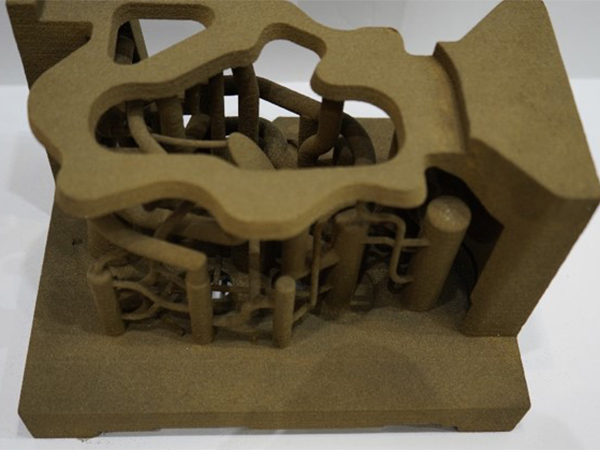3D Printing with Sand Revolutionizing the Manufacturing Landscape
In recent years, the world of manufacturing has seen an incredible transformation thanks to advancements in 3D printing technology. Among the various materials employed in this innovative process, sand has emerged as a notable player, particularly in the fields of construction, aerospace, and artistic creation. This article explores the significance, processes, and potential future of 3D printing with sand.
The Importance of Sand in 3D Printing
Sand, a naturally abundant material, serves as a sustainable and cost-effective alternative to traditional manufacturing materials. Its extensive availability makes it an ideal choice for various applications. 3D printing with sand allows manufacturers to create complex geometries that would be challenging or impossible using conventional methods. This technology enables the production of components that are lightweight, strong, and tailored to specific design requirements, making it a preferred option in sectors that require precision and customization.
The 3D Printing Process with Sand
The process of 3D printing with sand typically involves a technique known as binder jetting. In this approach, a print head moves across a layer of loose sand, selectively depositing a liquid binder that adheres the sand particles together to form solid structures. Layer by layer, the object takes shape, and once the printing is complete, the unbound sand is removed, leaving behind a durable, sand-based model. This method is particularly advantageous as it does not require a support structure, allowing for intricate designs that would otherwise necessitate additional material.
There are various applications for sand 3D printing. In construction, for instance, the technology has been utilized to create mold patterns for metal casting, significantly reducing lead times and costs associated with traditional manufacturing. In the realm of art, artists and designers leverage sand printing to produce intricate sculptures and detailed architectural models, exploring the limits of creativity with unprecedented freedom.
3d printing with sand

Environmental Sustainability and Economic Benefits
One of the most compelling reasons to adopt sand as a 3D printing material is its environmental impact. Traditional manufacturing processes often involve extensive energy consumption and waste generation. In contrast, 3D printing with sand minimizes waste as the excess material can typically be reused. Furthermore, the digital nature of 3D printing reduces the need for the physical warehousing of parts, ultimately leading to lower carbon footprints.
The economic implications are equally significant. By integrating 3D printing with sand into their operations, businesses can streamline production processes, reduce material costs, and enhance supply chain efficiencies. The ability to quickly prototype and produce customized parts can give companies a competitive edge, allowing them to respond swiftly to market demands.
Future Prospects
Looking ahead, the future of 3D printing with sand appears promising. Continued advancements in technology, including the integration of artificial intelligence and machine learning in the design process, will likely lead to even more efficient and optimized production methods. As industries increasingly prioritize sustainability, the role of sand in 3D printing is expected to grow, paving the way for innovative solutions to longstanding manufacturing challenges.
The interdisciplinary nature of sand 3D printing also opens up avenues for collaboration across sectors - from engineering and architecture to art and environmental science. This blending of expertise will further enhance the capabilities and applications of this technology.
In conclusion, 3D printing with sand represents a pivotal shift in manufacturing, offering sustainable, efficient, and innovative solutions across various domains. As this technology continues to evolve, it holds the potential to redefine how we approach production, design, and sustainability in the modern world.
Post time:Jul . 25, 2024 14:12
Next:Exploring the Techniques and Benefits of Sand Casting with Resin for Innovative Craftsmanship
